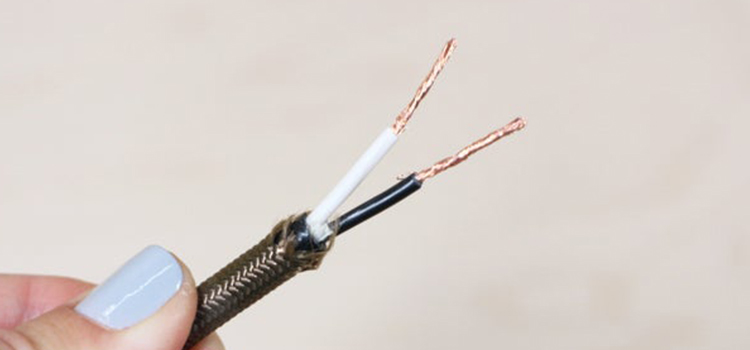What Does RST Stand For? – The General Designation for The Three Phases of The Supply System
RST stands for Reference, Secondary and Tertiary. People also use UVW, XYZ, or ABC for the three-phase systems. For terminal leads, the letters U, V, W represent the coil head, and the letters X, Y, and Z represent the coil…







